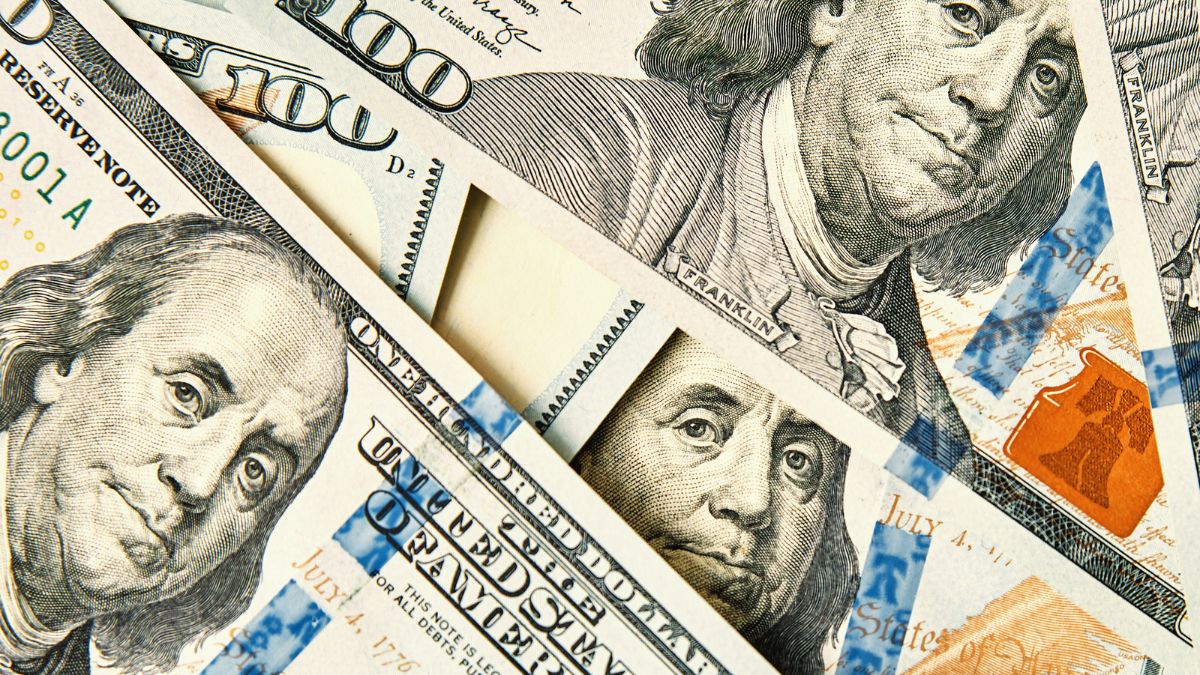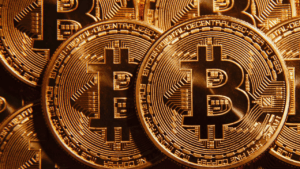Unlocking the Trillion-Dollar Crypto Opportunity You Can’t Afford to Miss

The Rise of Stablecoins: Circle’s Surge and the Impact of the Genius Act
Circle’s Market Debut and Rapid Growth
In recent weeks, the spotlight has been on stablecoins, particularly following Circle’s initial public offering on the NYSE, where shares debuted at $31. Remarkably, within just three days, the stock price skyrocketed to $120. Following the passage of the Genius Act, which regulates stablecoin issuance in the U.S., Circle’s stock has now reached an impressive $200 per share, propelling the company’s market capitalization to $50 billion.
- Circle’s Market Debut and Rapid Growth
- Understanding the Genius Act and Its Implications
- The Broader Financial Landscape
- Market Capitalization and Trading Volumes
- The Dominance of Interest Rate Derivatives
- The Interplay of Interest Rates and Stock Valuations
- The Impact of Rising Interest Rates
- The Role of the Federal Reserve and Global Markets
- The Influence of Eurodollars
- Understanding Eurodollar Futures and Their Significance
- The Risks of Emerging Markets
- The Shadow Dollar System: Eurodollars and Stablecoins
- The Nature of Synthetic Dollars
- Conclusion: Navigating the Modern Financial Landscape
Understanding the Genius Act and Its Implications
The Genius Act facilitates the issuance of stablecoins by both companies and banks in the United States, while also establishing regulations for stablecoins not issued domestically. Analysts from Citigroup predict that the global stablecoin market could soar to $3.7 trillion by 2030, fueled by the growing integration of digital assets into traditional finance. Standard Chartered Bank has even suggested that this market could hit $2 trillion within the next three years, likening its potential to the Eurodollar market.
The Broader Financial Landscape
While retail investors often focus on the stock market—monitoring indices like the S&P 500 or chasing the latest meme stocks—this is just a fraction of a much larger financial ecosystem.
Market Capitalization and Trading Volumes
The U.S. stock market boasts a staggering capitalization of $32 trillion, with an average daily trading volume of $300 billion. In comparison, the Indian stock market stands at $5 trillion. The U.S. bond market is valued at $55 trillion, with daily trades reaching $910 billion. The Forex market sees a daily trading volume of $7 trillion, while the housing market is estimated to be worth between $50 and $100 trillion, with mortgage-backed securities trading around $350 billion daily.
The Dominance of Interest Rate Derivatives
Interest rate derivatives (IRD) represent the largest segment of the financial markets, with an estimated outstanding value of $258 trillion as of 2024. Within this category, interest rate swaps (IRS) dominate, with a notional value of $469 trillion. The interest rate markets, including treasury futures and Eurodollar futures, are where significant financial maneuvers occur, as large sums of money cannot be easily maneuvered in the equities market without affecting prices.
The Interplay of Interest Rates and Stock Valuations
Retail investors typically grasp concepts like earnings reports and stock splits, often valuing stocks through discounted cash flow models. For an investor to transition from risk-free government bonds yielding 4% to riskier stocks, the expected returns must exceed the bond yields. Stock returns, derived from dividends, are contingent on a company’s profitability after accounting for expenses and taxes.
The Impact of Rising Interest Rates
When interest rates increase, companies face higher debt servicing costs, which can lead to reduced dividends and declining stock prices. High inflation often prompts governments and central banks to raise interest rates, further impacting stock valuations. Understanding interest rates and yield curves is essential for making informed investment decisions, as rising rates can lead to decreased consumer spending and lower stock demand.
The Role of the Federal Reserve and Global Markets
Interest rates are pivotal in influencing various financial decisions, from home purchases to business expansions. In the U.S., the Federal Reserve sets the federal funds rate, which serves as a benchmark for other interest rates. This rate fluctuates based on inflation, economic growth, and financial stability.
The Influence of Eurodollars
Eurodollars, U.S. dollars held outside the U.S., play a crucial role in global finance. Originating during the Cold War, this market has grown into a vast network of offshore dollar transactions, largely beyond the Fed’s control. This dual system—domestic monetary policy versus the Eurodollar market—creates a complex financial landscape where liquidity and credit creation occur outside traditional oversight.
Understanding Eurodollar Futures and Their Significance
The Eurodollar futures market, traded on the Chicago Mercantile Exchange, reflects market expectations for short-term U.S. interest rates. These contracts are vital for banks and corporations to hedge against interest rate risks and often signal shifts in Fed policy before they occur. The interconnectedness of the Eurodollar system with the repo market highlights the importance of liquidity and confidence in financial stability.
The Risks of Emerging Markets
Emerging market countries frequently borrow in U.S. dollars, making them vulnerable to fluctuations in the Eurodollar system. When the dollar strengthens or liquidity tightens, servicing these debts becomes challenging, leading to potential financial crises. This interconnectedness means that global investors may react to instability in one region by selling off risk assets across the board, impacting stock prices and market confidence.
The Shadow Dollar System: Eurodollars and Stablecoins
Both Eurodollars and stablecoins like USDT serve as substitutes for U.S. dollars, operating outside the official banking system. They provide access to dollar liquidity for individuals and institutions globally, enhancing the dollar’s dominance in international trade. However, both systems operate in a “shadow dollar system,” where trust and issuer credibility are paramount.
The Nature of Synthetic Dollars
Eurodollars function as bank IOUs, while USDT represents a digital token backed by a company’s promise of dollar equivalence. Neither is directly linked to physical dollars held in U.S. vaults, creating a complex web of financial interactions that influence global markets.
Conclusion: Navigating the Modern Financial Landscape
In today’s financial world, understanding the dynamics of synthetic dollars, interest rates, and global liquidity is crucial for investors. The rise of stablecoins presents both opportunities and risks, particularly in regions with unstable currencies. For those investing in stablecoin companies, capturing a share of this burgeoning market could prove lucrative, provided they have a clear strategy and public adoption.
As we navigate this intricate financial landscape, awareness of the underlying mechanisms—such as the Eurodollar system—can provide a significant advantage. Investors must recognize that the health of their portfolios is influenced by forces far beyond individual stock performance, emphasizing the importance of understanding the broader economic context.







